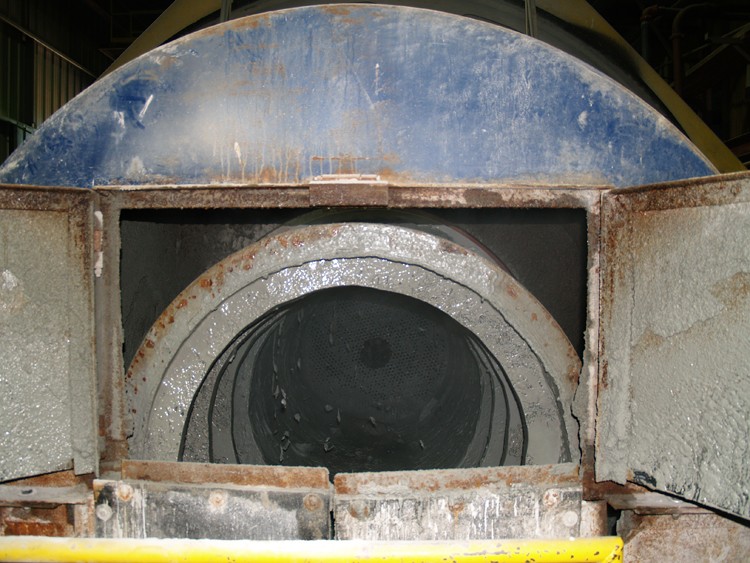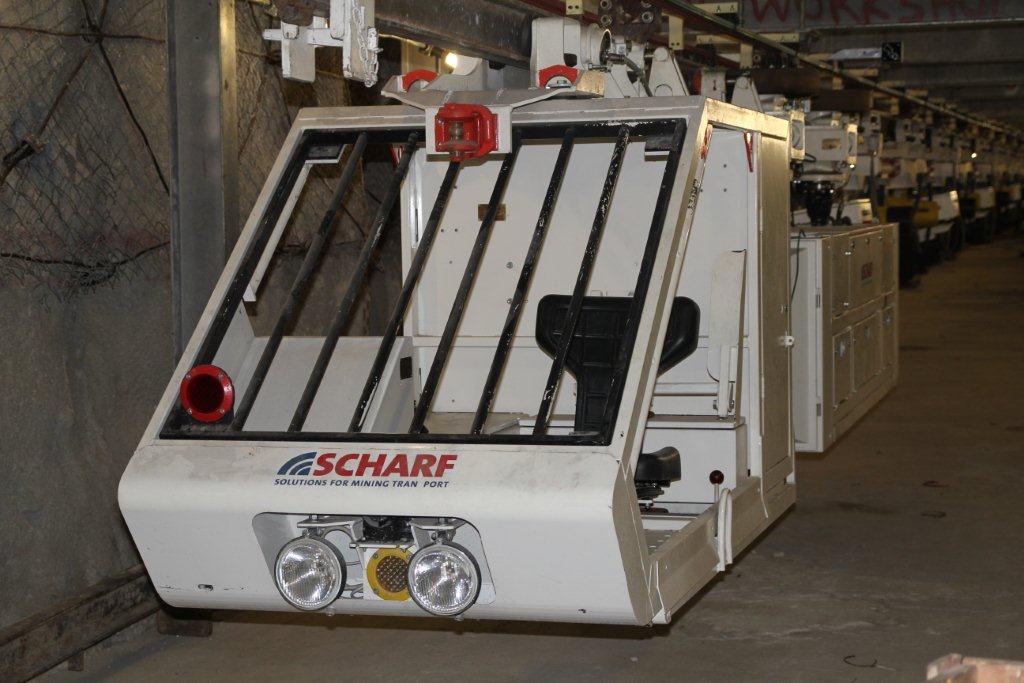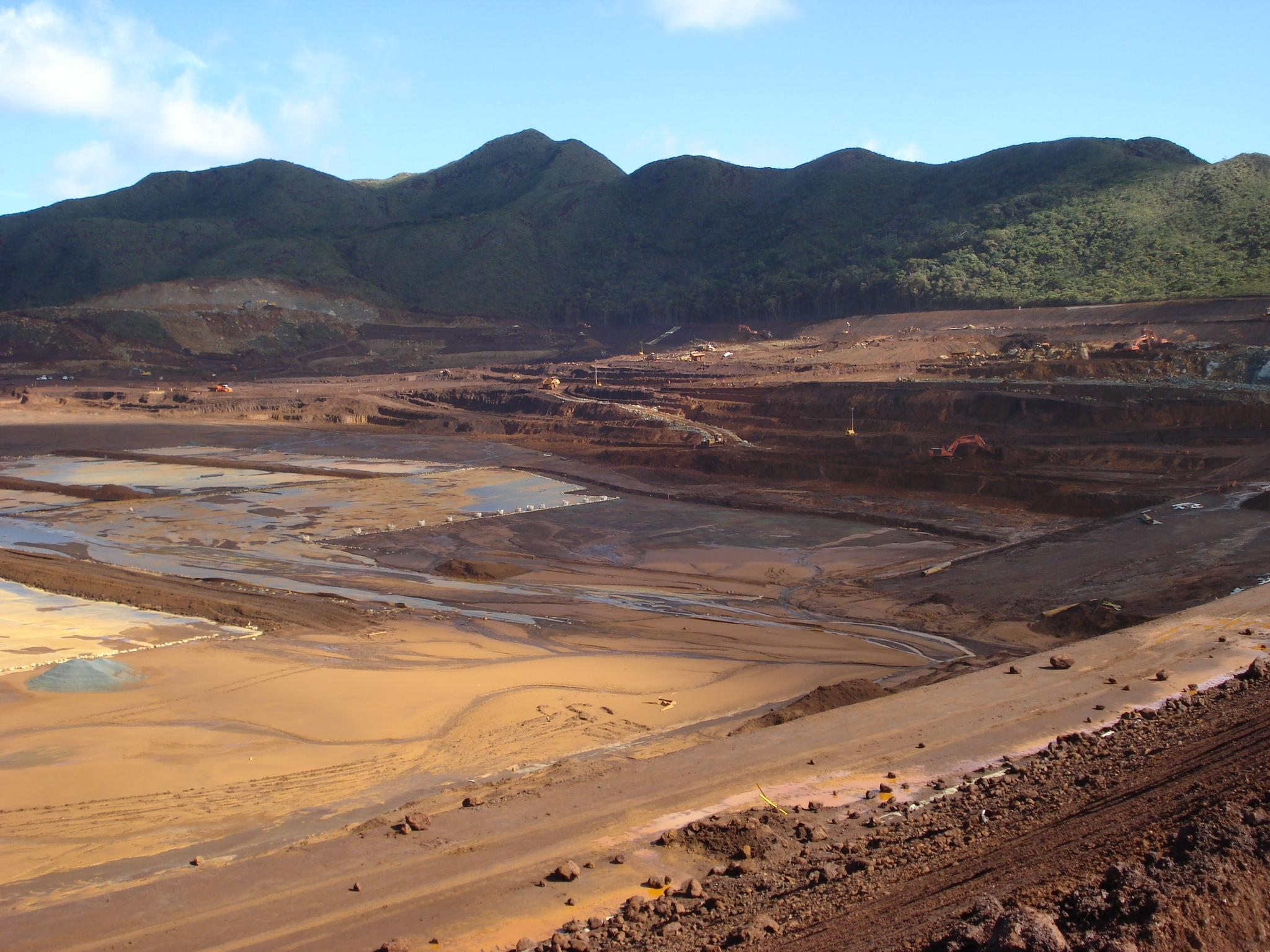
KPMC is a niche BEE project management and engineering company, specialising in combining the practicalities of mining, the challenges of logistics and the volumes of bulk materials handling with innovative solutions and experience.
DOWNLOAD
 KPMC-EMEA-July12-Bro-s.pdf
KPMC-EMEA-July12-Bro-s.pdf











